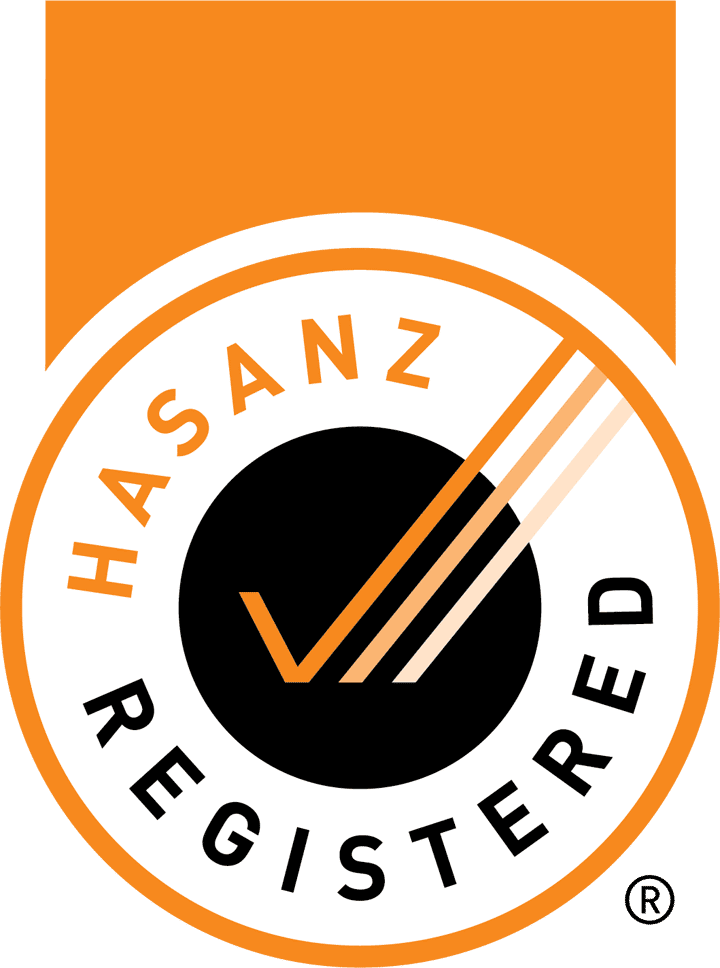
Sam McGee
Senior Consultant
OCCUPATIONAL HYGIENE TEAM LEADER
MNZOHS, MFAMANZ, HASANZ Registered
BOHS IP402 ASBESTOS SURVEYOR
B.SC.
Professional Memberships
-
- Full Member New Zealand Occupational Hygiene Society (NZOHS)
- Health & Safety Association NZ (HASANZ)
- Full Member Faculty of Asbestos Management in Australia & New Zealand (FAMANZ)
Sam McGee
Senior Consultant
OCCUPATIONAL HYGIENE TEAM LEADER
MNZOHS, MFAMANZ, HASANZ Registered
BOHS IP402 ASBESTOS SURVEYOR
B.SC.
Experience
Sam is fully trained in all areas of Occupational Hygiene and gained extensive experience in air monitoring and surveying following the Christchurch earthquakes.
Sam splits his time between training junior consultants in Occupational Hygiene and undertaking and arranging complex occupational hygiene monitoring programs for clients.
Sam is also fully trained in heights and confined spaces.
- Specialising in Workplace Environment Assessments
- IP402 Certified Asbestos Surveyor
- Licensed WorkSafe NZ Asbestos Assessor
- Asbestos Awareness Trainer
- Holds certificates for British Occupational Hygiene Society Training Modules W501, W502, W503, W505, W506 and W507
- Commit 2 Fit Approved Respirator Fit Tester
Client Story
Keeping it simple
During monitoring, visible amounts of dust could be seen in the air and on the operators’ clothing. The operators wore P2 respirators due to the dust levels but were also observed to remove the respirators periodically as they were uncomfortable. Exposure monitoring for wood dust was undertaken which showed dust levels at six times the Workplace Exposure Standards.
The solution cost the business nothing but time. Before using the wood wool, the packing operator simply wet down the material. Repeat monitoring showed a reduction (by 12 times) in the exposure to workers and the operators no longer needed to wear respirators.

